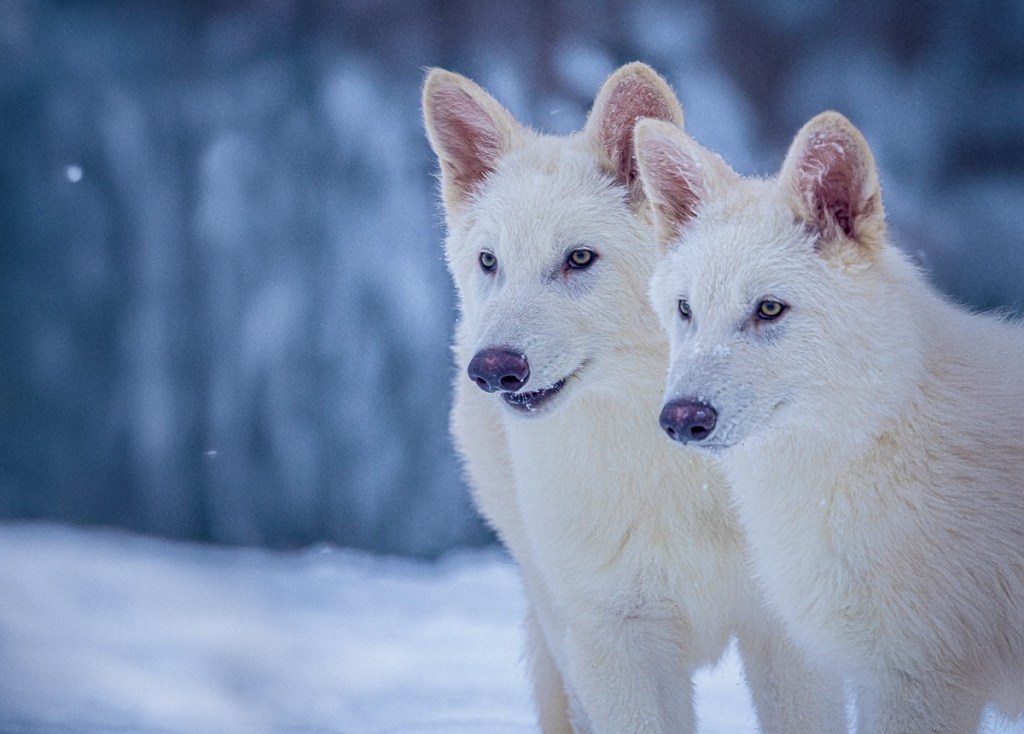Reviving the Dire Wolf: Exploring the Marvels and Debates of De-Extinction with Colossal Biosciences
Colossal Biosciences has recently made headlines by announcing the remarkable feat of bringing the dire wolf back from extinction. This groundbreaking achievement has captivated the imagination of many, igniting discussions about the possibilities of de-extinction and its implications for biodiversity.
What is the Dire Wolf?
The dire wolf, a prehistoric predator that roamed North America during the Late Pleistocene epoch, is often remembered for its impressive size and strength. Unlike the modern gray wolf, the dire wolf was larger and adapted to hunt large prey. Its extinction around 10,000 years ago has been a subject of intrigue among scientists and paleontologists alike.
Colossal Biosciences’ Approach to De-extinction
Colossal Biosciences, a leading biotechnology company, employs advanced genetic engineering techniques to revive extinct species. Here are some key points about their methods:
- CRISPR Technology: Utilizing CRISPR gene-editing tools to modify the DNA of existing species.
- Hybridization: Creating hybrid organisms that embody traits of the dire wolf.
- Conservation Goals: Aiming to enhance biodiversity and restore ecosystems.
Implications of Reviving the Dire Wolf
The revival of the dire wolf raises important questions about ecological balance and conservation strategies. Some of the potential benefits and challenges include:
- Ecological Impact: How will the reintroduction of a top predator affect current ecosystems?
- Ethical Considerations: What are the moral implications of bringing back an extinct species?
- Public Interest: Will the public support de-extinction initiatives?
Conclusion: A New Era in Conservation
Colossal Biosciences’ efforts to bring the dire wolf back from extinction represent a significant milestone in the field of genetics and conservation. As we explore the possibilities of de-extinction, it is crucial to consider the broader impacts on our planet’s ecosystems. For more information on de-extinction and conservation efforts, visit Conservation International or check out our related articles on genetic engineering in conservation.







